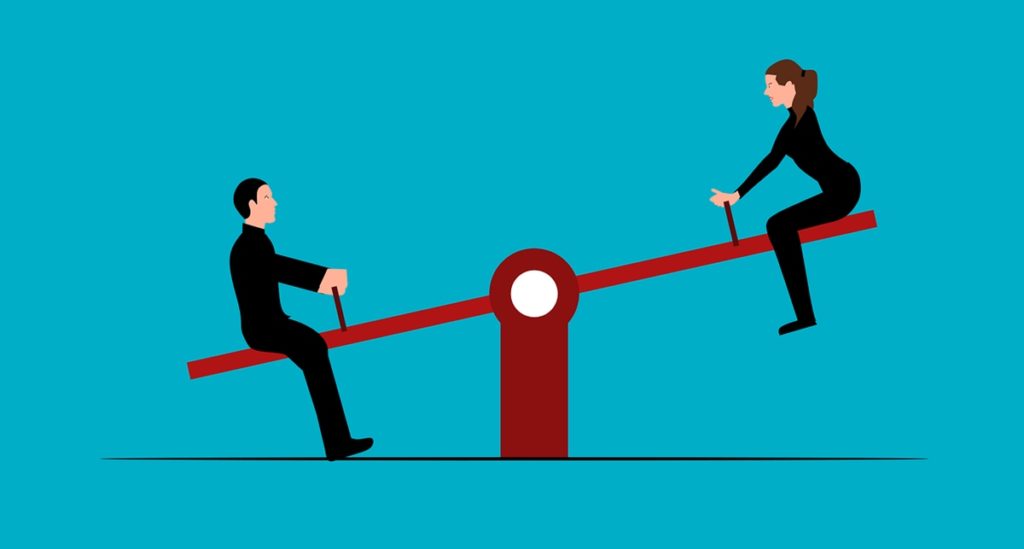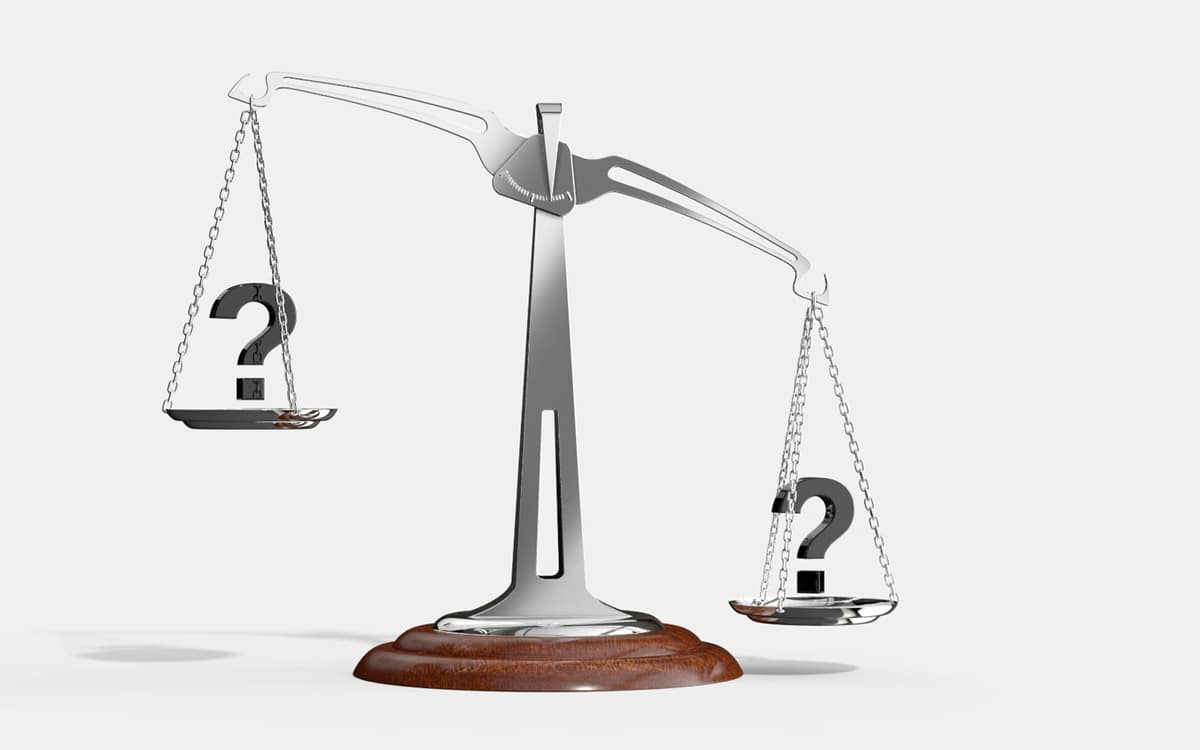Every leader, irrespective of the sector or industry they operate in, occasionally finds themselves facing circumstances characterized by unanticipated shifts, uncertainties, and evolving challenges. These circumstances comprise the complex phenomenon we commonly refer to as ‘disequilibrium’. This guide aims to provide an in-depth understanding of the dynamics which occurs during disequilibrium, and it presents strategies leaders can employ to navigate these challenging periods.
Understanding Disequilibrium
Disequilibrium is a state of imbalance, often occurring when there’s a sudden disruption between two complementary factors. In the business world, it typically happens when there’s a mismatch between supply and demand. Various triggers such as technological advancements, macroeconomic fluctuations, regulatory changes, or global events like pandemics can spur such disequilibrium.
The first signs might include stock discrepancies, abnormal price changes, or shifts in consumer behavior. Understanding these indicators is crucial for leaders because it allows them to recognize when their organization may be venturing into a state of disequilibrium, and hence, adjust accordingly. Moreover, it enables them to move beyond traditional linear thinking and prepare for non-linear, unpredictable changes.
Macroeconomic changes, such as recessions or booms, also spur disequilibrium, as seen in the housing bubble of 2008. Global events like the COVID-19 pandemic caused massive disruption, leading to unprecedented disequilibrium. Recognizing the early signs of disequilibrium, like stock discrepancies or abnormal price changes, allows leaders to be proactive rather than reactive.

Effects of Disequilibrium
The effects of disequilibrium can be multifaceted and transformative. It may disrupt production processes, leading to inventory backlogs or shortages, similar to what happened in the automotive industry with the global semiconductor shortage in 2020-2021.
Workforce dynamics may also change dramatically, with significant job losses in some sectors and increased demand in others, just as the shift to remote work during the COVID-19 pandemic demonstrated. Volatile pricing and changes in consumer behavior, like the increased demand for home entertainment during lockdowns, could impact sales and marketing strategies. Being cognizant of these potential effects helps leaders prepare and plan for multiple scenarios.
Leadership Challenges in Disequilibrium
Leading in a state of disequilibrium can be like navigating a ship in a storm. The uncertainties make decision-making complex, as seen during the early days of digital transformation when many leaders had to make big bets on unproven technologies. Stakeholders exert pressure for quick fixes, while employees may need reassurances about job security and strategic direction.
Leading during disequilibrium is challenging. The uncertainty makes decision-making complex, and leaders often have to make tough calls with incomplete information. There’s heightened pressure from stakeholders, including employees, customers, and investors, all demanding effective and immediate solutions.
Stress management becomes critical, not just for the leader, but also for the entire team. Strategies might need to be revised or replaced entirely. Furthermore, communicating these changes effectively can be an arduous task. Recognizing these challenges is the first step towards building a resilient leadership strategy that can weather the storm.
Strategic Responses to Disequilibrium
In response to disequilibrium, leaders can employ several strategies. Swift adoption of new technologies can help organizations to be more responsive. Restructuring the organization or diversifying the product range might be a way to survive or even thrive during these challenging times.
Alternatively, focusing on core competencies and consolidating resources might be the best course of action. Each of these strategies comes with its pros and cons, and the right choice often depends on the specific circumstances of the organization and the industry. A well-rounded understanding of these strategic options can help leaders navigate through disequilibrium effectively.
Sometimes, restructuring or diversifying the organization might be needed, as seen when IBM transitioned from hardware-centric to a more service-oriented business model. Other times, the best response might be to focus on core competencies, like Apple did by honing its focus on a few key products to ensure quality and innovation. Understanding these strategic options can provide leaders with a roadmap to navigate through periods of disequilibrium.
Leadership Qualities to Harness
Disequilibrium calls for specific leadership qualities. Adaptability is crucial, as leaders must be willing to change their strategy as new information becomes available. Resilience enables leaders and their teams to withstand the pressures of disequilibrium and bounce back stronger.
A clear vision helps to keep the organization focused on long-term goals, despite short-term turbulence. Empathy ensures that leaders consider the human element of their decisions, fostering stronger bonds within their teams. Cultivating these traits is not only beneficial in navigating periods of disequilibrium but also helps in fostering a resilient and adaptable organizational culture.

Visionary leaders like Elon Musk at Tesla maintain a focus on long-term goals, while leaders like New Zealand’s Prime Minister Jacinda Ardern demonstrate how empathy can foster strong, cohesive teams during challenging times. Cultivating these traits can create a culture of resilience and flexibility that thrives even in the face of disequilibrium.
Case Studies
Real-world case studies help elucidate the theoretical aspects of managing disequilibrium. For instance, examining how Blockbuster failed to adapt to the digital revolution, while Netflix thrived, provides critical insights into strategic responses to disequilibrium.
Similarly, looking at how companies like Zoom and Slack adapted during the COVID-19 pandemic offers valuable lessons in flexibility and agility. These case studies show that while disequilibrium poses significant challenges, it can also present unique opportunities for growth and innovation.
Conclusion
Navigating the tumultuous waters of disequilibrium is no small feat, but understanding the dynamics that unfold during these periods can equip leaders with the knowledge and tools needed to guide their organizations through challenging times. It is essential to recognize that disequilibrium, while often viewed negatively, can also present opportunities for innovation, growth, and transformation. It is the leader’s role to identify and seize these opportunities, turning the tide of disruption into a wave of progress.
This guide has aimed to demystify what occurs during disequilibrium and provide actionable insights for leaders to emerge stronger and more resilient from these periods. It is our hope that these insights will serve as a compass, helping leaders to navigate the complex and often unpredictable journey of leadership in times of disequilibrium.


















